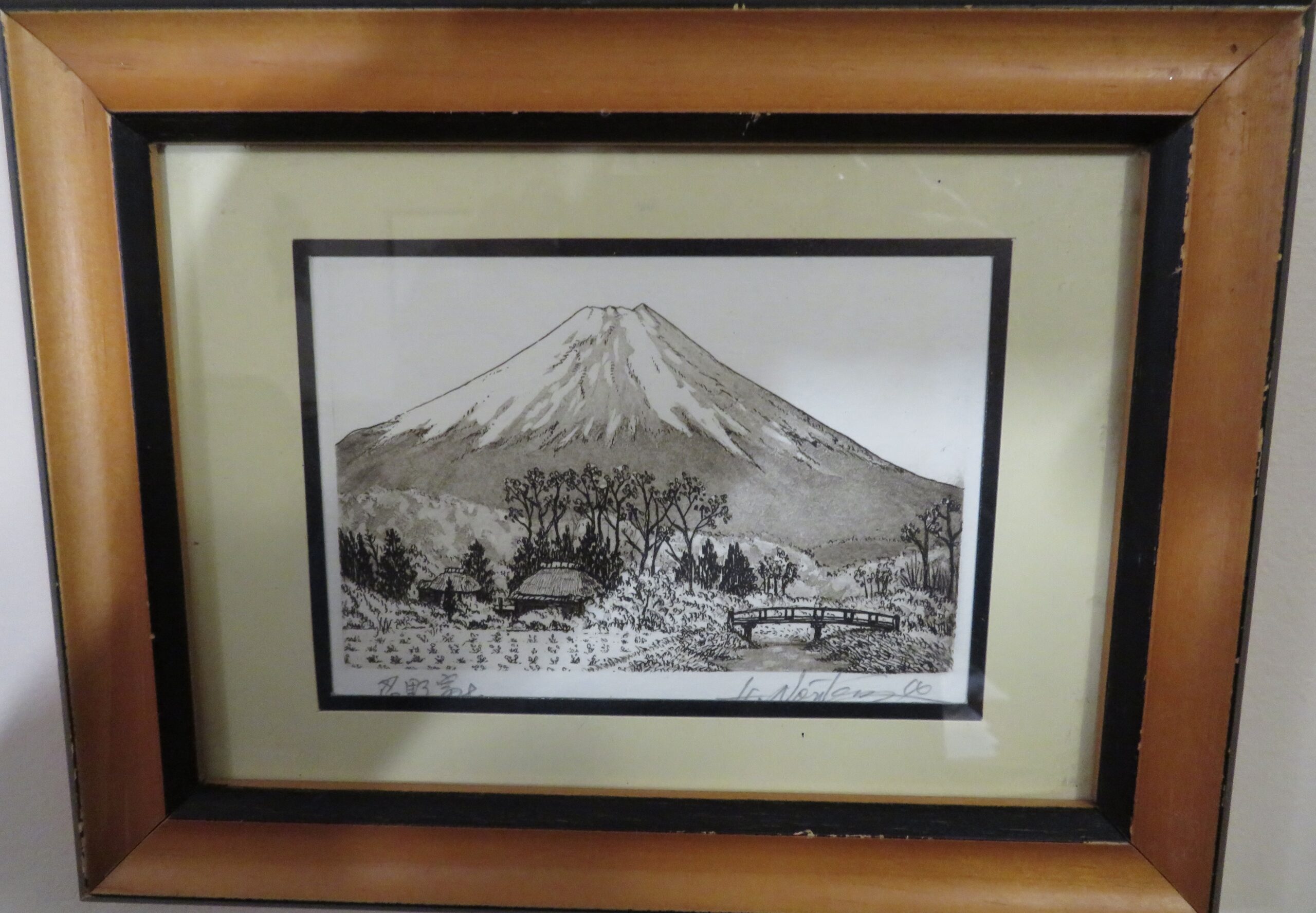Back in 1966, when I was 18, I flew to Europe for almost four months of hitch-hiking the continent. I landed in London, circled up to Stockholm. Then flew to Rome, spent a month in Italy. Then to Nice, Barcelona, north to Berlin, and finally Paris, where I flew back to the U. S. I stayed in hostels, slept sometimes on a beach, once in a doorway, a few nights in a guest house owned by someone who gave me a ride.
But after the last three years of the pandemic, or six years of threats to our lives, rights, and humanity, such a trip seems like an impossibility, more like a dream or a yearning than an actual memory of a time in my life. How many of us today have the freedom or might risk such a trip? The actual journey changed my life in so many ways, big and small. It revealed depths of history and possibilities of life I hadn’t known, depths in myself, an ability to love, an audacity and courage I hadn’t known before.
In the Hague, a woman I had met invited me to see an art exhibit in a gallery where she worked. The paintings were tiny. I don’t remember the exact size but maybe an inch or two square, and of incredible precision and beauty. We needed a magnifying glass to study the depth of detail. I loved it. This was one result of the trip, a love of art. I had expected to be awed by the art of Florence, Rome, and Paris, and was certainly not disappointed in what I saw. But the Hague was an unexpected gift.
Ever since then, if I happened to hear about any exhibits like it, I rushed to see them. This led me to discover Japanese netsuke, the 1 – 2 inch carved toggles used to fasten a pocket container to the sash of a kimono. They were made mostly of wood, ivory, or bone. Such art showed how a thing used daily for mundane tasks can be crafted with care and beauty.
Many of the etchings of Japanese artists like Norikane Hiroto and Tanaka Ryohei are small, approximately 3 by 4 inches, although they also created larger works. Their art brings us to beautiful rural Japanese landscapes with human dwellings, but no humans. A deep quiet fills everything. Many pieces by both artists are in black and white, while others include color.
Norikane doesn’t try to copy nature but lets the power of a place speak. Often in his art, one element stands out over the rest. In one famous piece a snow-capped Mt. Fuji stands powerfully above a village, stream, and bridge.
Tanaka’s etchings are so precise and clear, that a sense of great harmony fills the scene. Each detail, each place, awakens us to see how all details and all places fit together. His art reminds me of the line by English poet William Blake: “To see a world in a grain of sand…”
We don’t always know how much attention to give to details. We can easily overdo it, get hooked by one detail and miss the whole ⎼ lose the forest in the individual trees, for example. Or we do the opposite, focus on generalities, and miss out on how each act, in each instance, the details are what pulls the whole together. How the way we choose what to wear in the morning, for example, or brush our teeth, salt, and pepper our food, or take a breath influences our day. We can get lost in what we expect, or think is true, and miss what is staring us in the face….
*To read the whole piece, please go to The Good Men Project.



